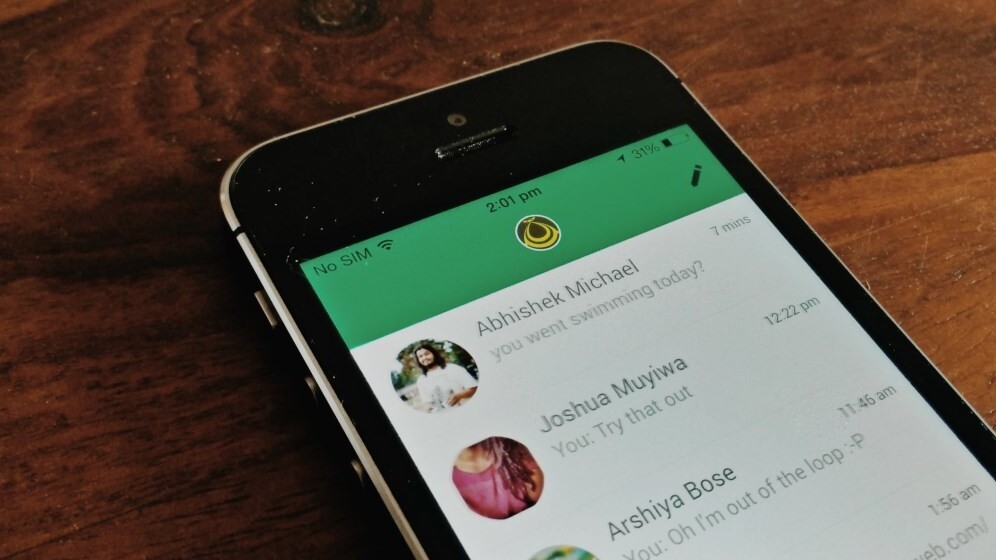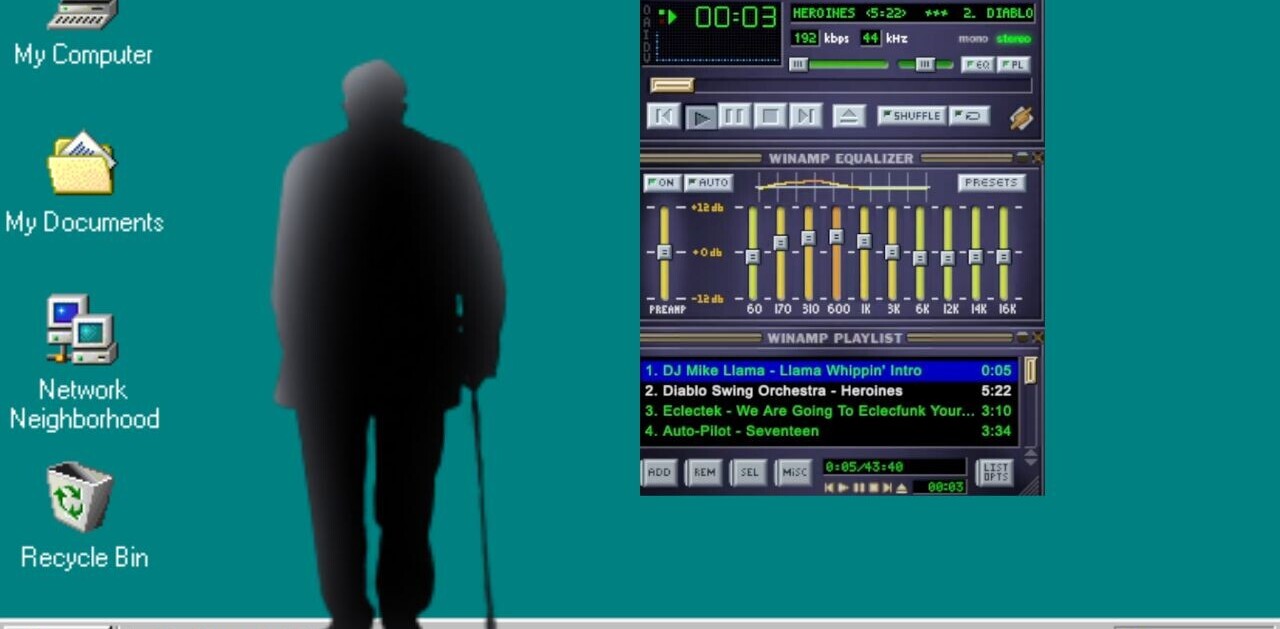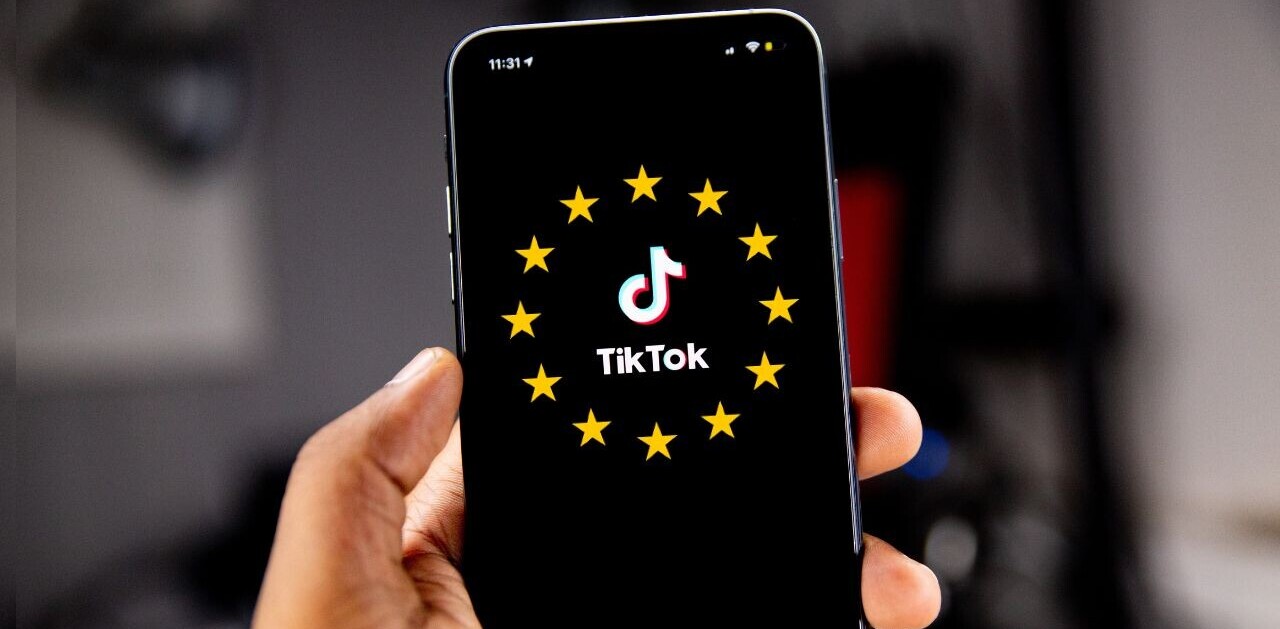
Cellphone plans are expensive. If you look at your monthly phone payments — especially if you’re American — it’s likely to be one of your largest monthly expenditures.
Why are we still paying so much for plans in 2015? I asked myself this when I moved from New Zealand, a place with incredibly expensive monthly plans, to the Netherlands where things are slightly cheaper.
As I moved here and started looking at phone plans again, I decided it’s finally time to cut my spend on them. It’s not entirely easy to kill off your carrier’s thirst for your money, but here’s how I did it.
Pick a plan with a lot of data
Look for mobile networks that offer plans where you can choose just the parts you want. Here in the Netherlands, T-Mobile offers the ability to customize a plan if you pay a small base fee.
I grabbed a 12 GB plan which doesn’t include any minutes or other frills — just the data. We’re not going to need those calling minutes, texts or anything else where we’re going.
If your carrier of choice has an option where you can adjust the cap as you go, that’s the plan you’ll want, so you can experiment with how much data you’re using as you make the switch.
Get visual voicemail
If your mobile network includes a fee for checking voicemail, you’re better off making sure visual voicemail is enabled.
It’s a service that lets you access messages left for you directly on your phone without the need to call a special number. The iPhone supports visual voicemail out of the box, as do many Android phones but you’ll likely need to ask your carrier to turn it on.
Choose a calling app
This is the key to cutting your costs the most. If you’re in the US you can use Google Voice to solve all your woes, but it’s not available everywhere — this isn’t a post for those who are already using it.
The two services I tried extensively were Skype and Google Hangouts, but I eventually ended up settling for the latter as it’s got a separate app for Android users that can be used to directly make calls.
Pricing for both Skype and Google Hangouts calling is very competitive, particularly for global calls (or to the US, where it’s free).
If you ever need to make an outgoing call, you just open the app to make the call there instead. You’ll need to top up your account with some credit to make calls, but with it being so cheap to call most western countries, I’ve found no need to do more than €10 at a time.
Call quality is great in my testing and for most calls I don’t usually end up paying more than a few cents, even if I’m calling overseas. Whenever I’m doing calls for The Next Web with US companies I just ask if I can call them, then use Google Hangouts to take care of it.
If you’re wondering just how much data you’ll be blowing, the answer isn’t as much as you’d expect. When Android Authority tested a number of apps last year it found that Google Hangouts uses about 0.6MB per minute of your call and Skype uses 0.8MB.
The most confusing part of this setup is probably when people call you. You’ll still need to give out your network’s cellphone number, which will work for incoming calls but you won’t be using it for calling back.
When you miss a call and need to return it, just copy and paste the number into the dialer of the app you chose to call back from there.
If you use Skype, you’re able to pay for a phone number people can use to call your Skype account but I’ve found it to be an unnecessary expense.
It’s not that hard
Sure, it’s a minor annoyance to have a disconnect between your outgoing calls and incoming ones, but for me that was the difference between paying €50 per month for a small amount of data with tons of minutes I almost never used, I’m now paying €20 for 12 GB of data and have cheap calling to everywhere… that I only pay for when I use it.
If you’re on an expensive plan and paying for a bunch of minutes that you rarely use, consider dropping them altogether and going data-only. It’s not as hard as you think.
Get the TNW newsletter
Get the most important tech news in your inbox each week.




